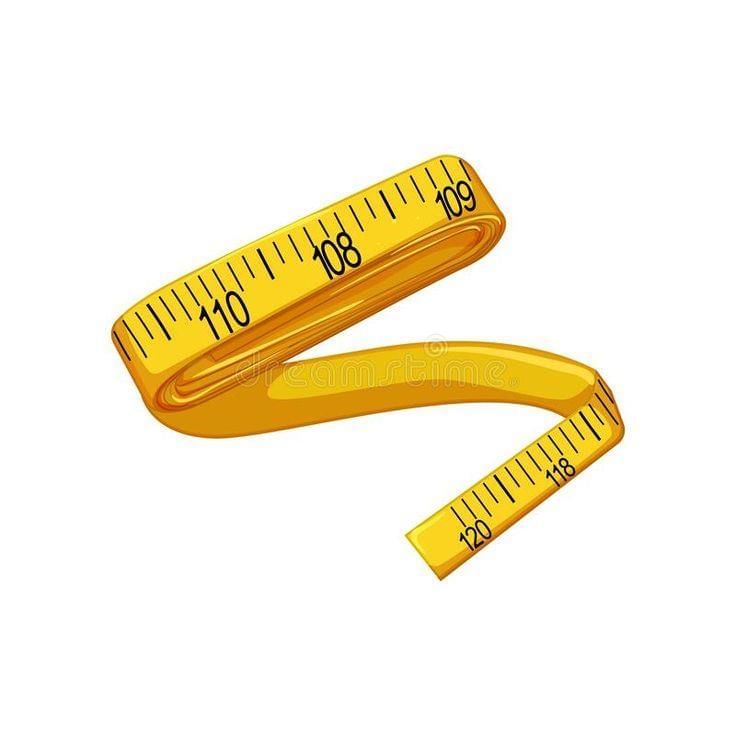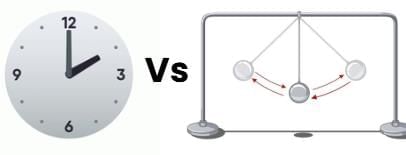Case Based Questions: Measurement of Length and Motion | Science for Class 6 PDF Download
Q1: Read the source and answer the question that follows
Vikram and Neha are measuring different objects for their science project. They use centimeters (cm) to measure the length of a pencil and a measuring tape to measure the distance between two trees in their school garden. Riya, who is observing them, asks how to convert centimeters into larger units like meters (m) or kilometers (km). Neha explains that 1 meter (m) is equal to 100 centimeters (cm), and 1 kilometer (km) equals 1000 meters (m). Vikram adds that for larger distances, they will need to use kilometers because they are more practical for measuring long distances, like the distance between cities.
Q1. How do you convert centimeters to meters?
Ans: To convert centimeters to meters, divide the number of centimeters by 100 (since 1 meter = 100 centimeters)
2. How many centimeters are there in 3 meters?
A) 300
B) 30
C) 3
D) 0.3
Ans: A) 300
Q3. Explain how understanding different units of length, such as millimeters, centimeters, meters, and kilometers, helps in everyday life.
Ans: Understanding different units of length helps us measure things accurately. We use millimeters for tiny measurements, centimeters for smaller lengths, meters for everyday objects, and kilometers for long distances. This ensures we can measure things precisely and appropriately depending on the situation.
Q2: Read the source and answer the question that follows
In their science class, Rohit and Simran are tasked with measuring the length of a curved line on their project sheet. They decide to use a piece of thread to measure it. First, they carefully wrap the thread around the curve, making sure it follows the shape exactly. Once the thread is in place, they carefully straighten it out and measure its length using a ruler.
Priya, who is watching, wonders why they didn’t just use a ruler to measure the curve directly. She asks, “Why not just place the ruler along the curve to get the measurement?”
Rohit explains that rulers are designed to measure straight lines, and since the curve isn’t straight, the ruler won’t give an accurate measurement. By using the thread, they can follow the exact shape of the curve, which gives them a more accurate result. He adds that this method works well for any curved line, whether it's a wavy shape on paper or something in the real world.
Simran then adds that this technique is also very useful when measuring irregularly shaped objects, such as the perimeter of a garden, or even the circumference of a tree trunk. These objects don't have straight edges, so a flexible tool like thread allows them to measure the true length around the curve, which would be impossible with a rigid tool like a ruler.

Q1. Why can’t you use a ruler to measure the length of a curved line?
Ans: A ruler is only useful for measuring straight lines. To measure a curved line, you need a flexible tool like a thread or a measuring tape that can bend along the curve.
Q2. Which of the following cannot be used to measure length?
A) Ruler
B) Flexible measuring tape
C) Stopwatch
D) meter Stick
Ans: C) Stopwatch
Q3. In which situations would using a flexible measuring tape be better than using a ruler?
Ans: A flexible measuring tape is better for measuring curved or irregularly shaped objects, such as a tree, a round table, or even the human body.
Q3: Read the source and answer the question that follows
Nisha and Arjun are observing different types of motion during their science class. Nisha notices that a car driving on a straight road is moving in linear motion, while Arjun points out that the hands of a clock are moving in circular motion. Deepika asks how motion can be periodic, and Nisha explains that oscillatory motion, like the motion of a swing, happens when an object moves back and forth repeatedly.
They decide to categorize the different motions based on their observations, identifying examples of linear, circular, and oscillatory motion all around them.

Q1. What is linear motion, and can you give an example?
Ans: Linear motion occurs when an object moves in a straight line. An example is a car driving on a straight road.
Q2. Which of the following is an example of oscillatory motion?
A) Car moving on a road
B) Swing moving back and forth
C) Earth rotating
D) Fan blades spinning
Ans: B) Swing moving back and forth
Q3. How is circular motion different from oscillatory motion?
Ans: Circular motion involves an object moving in a circular path, like the hands of a clock, while oscillatory motion is back-and-forth movement, like a swing.
|
72 videos|351 docs|27 tests
|
FAQs on Case Based Questions: Measurement of Length and Motion - Science for Class 6
| 1. What are the different units of measurement for length commonly used in class 6? |  |
| 2. How can motion be defined in simple terms? |  |
| 3. What is the difference between distance and displacement? |  |
| 4. Why is it important to understand measurement and motion in everyday life? |  |
| 5. How can we measure length accurately using different tools? |  |





















